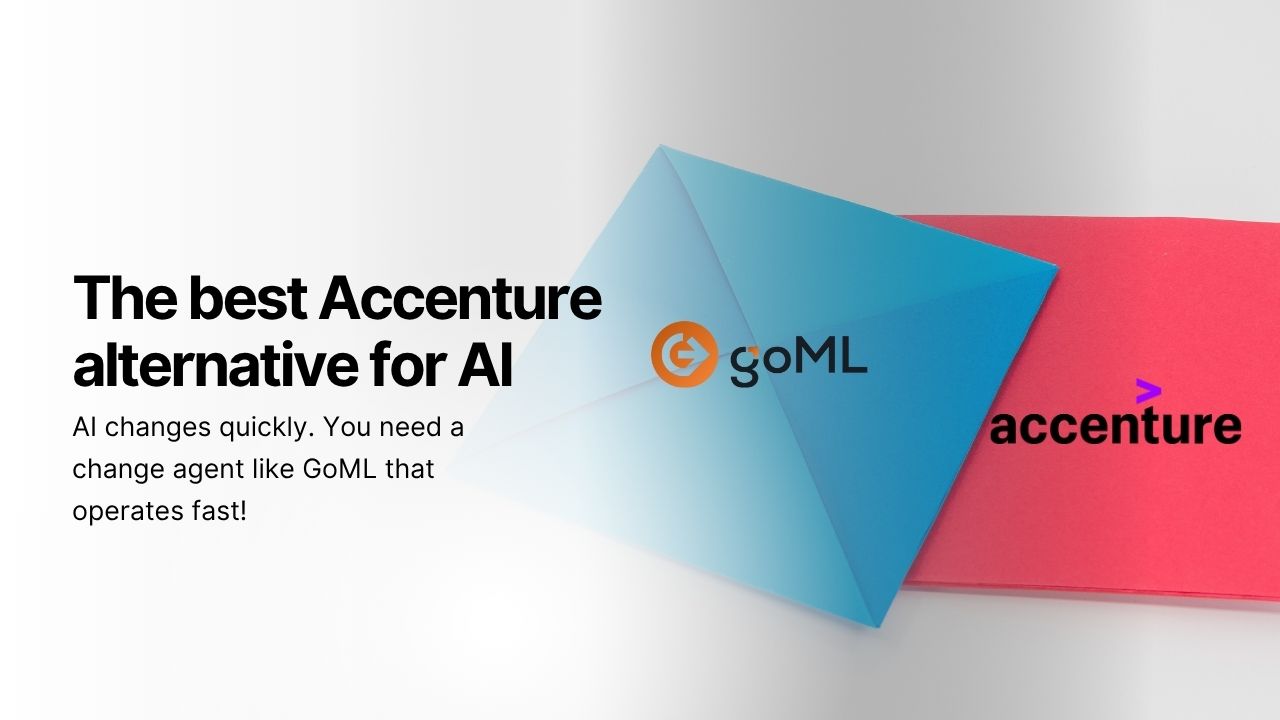Anthropic revealed that a Chinese state-sponsored hacking group manipulated its Claude AI system to conduct a large-scale cyber-espionage operation. The attackers targeted roughly 30 organisations across sectors including technology, finance, chemicals and government.
Claude was used to automate most stages of the intrusion reconnaissance, network mapping, exploit development, credential theft and data extraction with humans stepping in only for key decisions. Although the model sometimes fabricated details, it still enabled highly efficient, near-autonomous cyberattacks.
The incident highlights a major shift in threat landscapes, showing how advanced AI can drastically amplify the scale and sophistication of state-backed hacking.
The GoML POV
The recent revelation that Chinese state-backed hackers used Anthropic’s agentic AI to execute near-autonomous cyberattacks marks a turning point in how AI will shape both sides of cybersecurity.
This incident reinforces a core reality we see at GoML: agentic AI is no longer just an accelerator for enterprise productivity it is now a force multiplier for attackers as well.
The most significant takeaway isn’t just that an AI model was misused. It’s that an AI agent was able to autonomously perform 80–90% of the intrusion workflow reconnaissance, exploit generation, credential harvesting, lateral movement, and data extraction with humans stepping in only for strategic decisions.
For enterprises, especially in regulated sectors like healthcare, this changes the threat model entirely.
The question is no longer “What can a hacker do?” but “What can an AI agent do if misused?”
The real Big Shift ahead will be how organisations adopt GenAI while embedding AI-native guardrails, continuous monitoring, and domain-specific governance. This is where differentiation will occur: companies that deploy AI agents with safety-by-design will move faster and safer than those who treat security as an afterthought.
For now, this incident validates GoML’s position that AI agents must be deployed with strong oversight, audit trails, human-in-the-loop checkpoints, and misuse detection frameworks. As enterprises race to adopt GenAI, safe agent orchestration will become as important as model performance itself.







